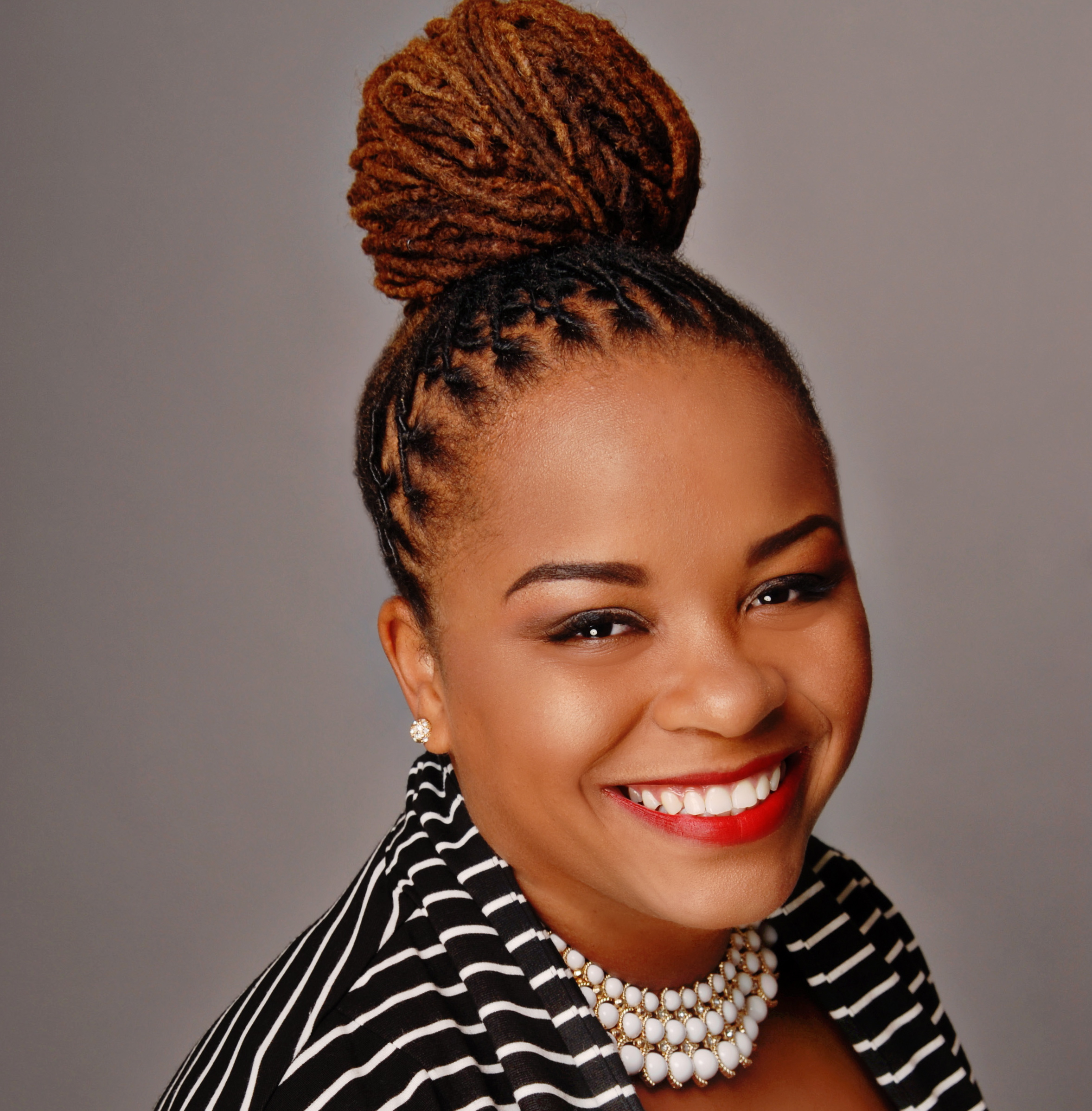BY CRYSTAL A. DEGREGORY, PH.D., FISK UNIVERSITY ’03
Within the growing pages of historically black college and university sports history, a reader finds a glorious story, replete with the triumphs of victory in every major American sport, and on every major sports stage.
No sports stage is bigger than the Olympics. And no HBCU athlete was arguably better than Alice Coachman, who on August 7, 1948, became the first African American woman to win an Olympic gold medal.

As early as 1948, Coachman’s story demonstrated the potential of HBCU athletes for global sports domination. A 1946 Tuskegee Institute (now Tuskegee University) alumna, Coachman was an Albany State College (now Albany State University) student when she leapt her way into sports history with her record-setting high jump of 5 feet, 6 1/8 inches — despite nursing a back injury.
One of ten children born to sharecroppers in Albany, Georgia in 1923, Coachman was barred from using whites-only segregated athletic fields as a child. Instead, she ran barefoot, and jumped ropes and sticks she fashioned into makeshift high jumps. But she thought, quite rightly, there was little prospect of a career in athletics for black Americans, much less for a black woman.
. . .
 Coachman, however, had already exhibited glimpses of her future athletic prowess by the time she entered the Tuskegee’s high school program at 16 years old. Soon after, she clinched the 1939 Amateur Athletic Union (AAU)’s national championship in the high jump — a feat she accomplished every subsequent year until her retirement in 1948. As if that streak alone were not enough, Coachman amassed twenty-three national titles, including high jump, the 50-metre dash and the 100-metre dash, was a member of the three-time championship women’s basketball team, and was the only Black American on each of the five All-American teams to which she was named — all before graduating from the Tuskegee Institute in 1946.
Coachman, however, had already exhibited glimpses of her future athletic prowess by the time she entered the Tuskegee’s high school program at 16 years old. Soon after, she clinched the 1939 Amateur Athletic Union (AAU)’s national championship in the high jump — a feat she accomplished every subsequent year until her retirement in 1948. As if that streak alone were not enough, Coachman amassed twenty-three national titles, including high jump, the 50-metre dash and the 100-metre dash, was a member of the three-time championship women’s basketball team, and was the only Black American on each of the five All-American teams to which she was named — all before graduating from the Tuskegee Institute in 1946.
. . .
Despite ending her athletic career at just 24 years old, Coachman was inducted to the USA Track and Field Hall of Fame in 1975, and inducted into the United States Olympic Hall of Fame in 2004. Having paved the way for female African American Olympic track stars like Tennessee State University Tigerbelle Wilma Rudolph, Evelyn Ashford, Florence Griffith Joyner and Jackie Joyner-Kersee, Coachman died on July 14, 2014.
“I made a difference among the blacks, being one of the leaders,” she told The New York Times in 1996:
“If I had gone to the Games and failed, there wouldn’t be anyone to follow in my footsteps. It encouraged the rest of the women to work harder and fight harder.”
Given the disadvantages of poverty, sexism, and racism, Coachman’s successes were anything but easy feats. To overcome her modest beginnings running barefoot in Albany’s fields and on its dirt roads required dogged determination, given the unpopularity of women athletes in general and of track and field—which was especially frowned upon. As a relatively new sport for women, track and field was deemed unladylike for its challenge to proprietary notions of white womanhood.
 At a time when Black Americans were reduced to second-class citizenship and several years before Brown v. Board of Education—which many historians herald as the beginning of the modern Civil Rights Movement—Coachman joined black Olympic trail blazers John Baxter Taylor and Jesse Owens as models of black potentiality and as symbols of black achievement.
At a time when Black Americans were reduced to second-class citizenship and several years before Brown v. Board of Education—which many historians herald as the beginning of the modern Civil Rights Movement—Coachman joined black Olympic trail blazers John Baxter Taylor and Jesse Owens as models of black potentiality and as symbols of black achievement.
Running faster and jumping higher than any of her counterparts whether male or female, and black or white, placed Coachman among a small class of elite Black athletes who used their athletic skill to challenge racial prejudice and its contentions of black racial inferiority.
For these reasons and so many more, even though the field of great HBCU athletes has grown—and continues to grow—Alice Coachman is still heads above the rest.
Parts of this essay were previously published as the epilogue of The Athletic Experience at Historically Black Colleges and Universities: Past, Present, and Persistence.














